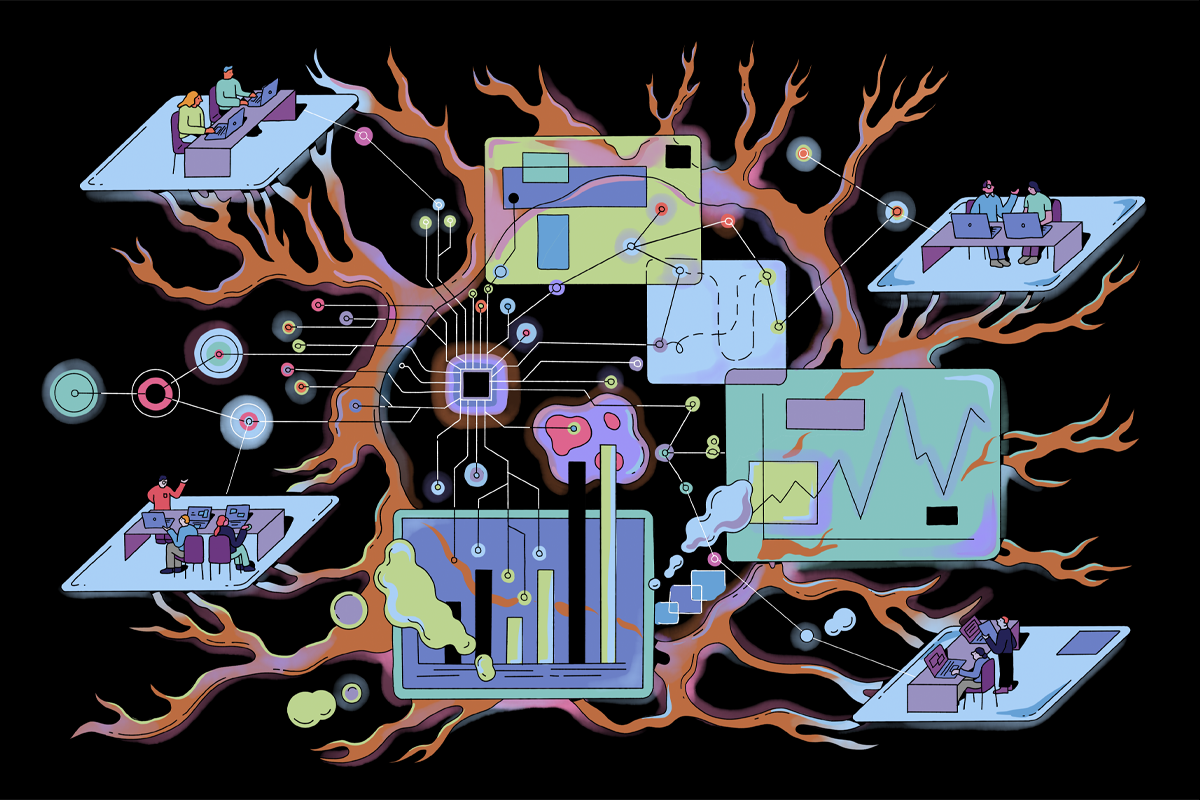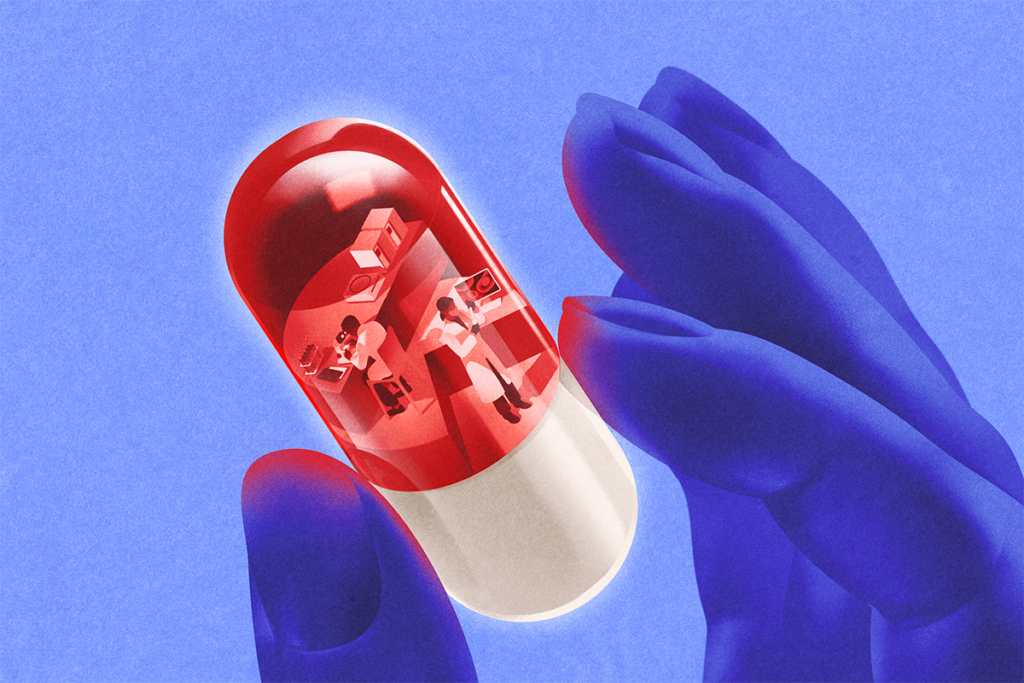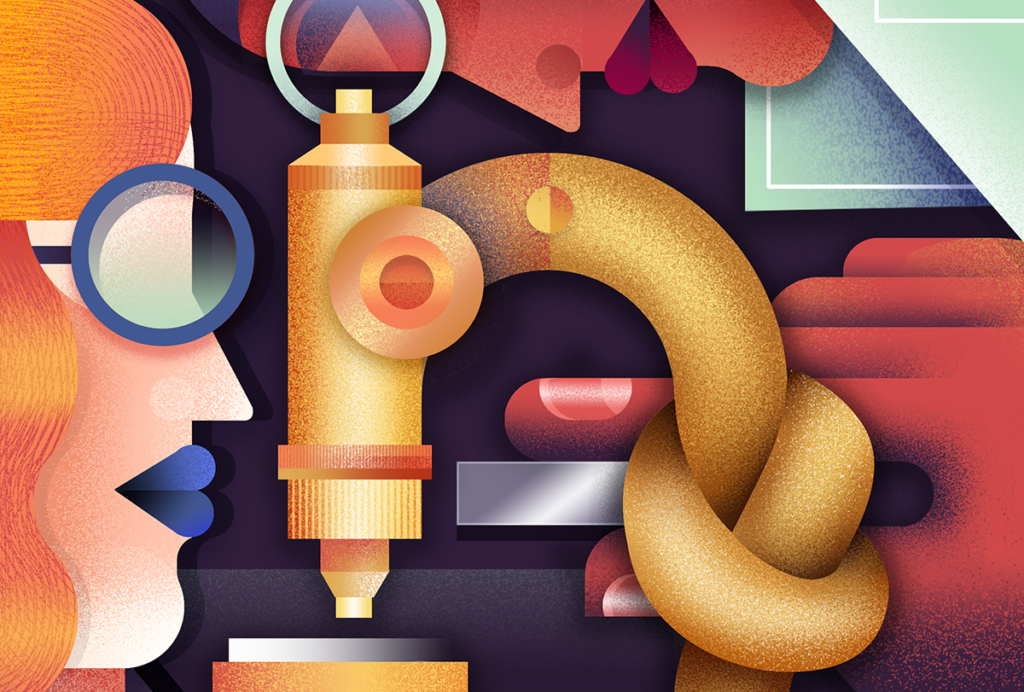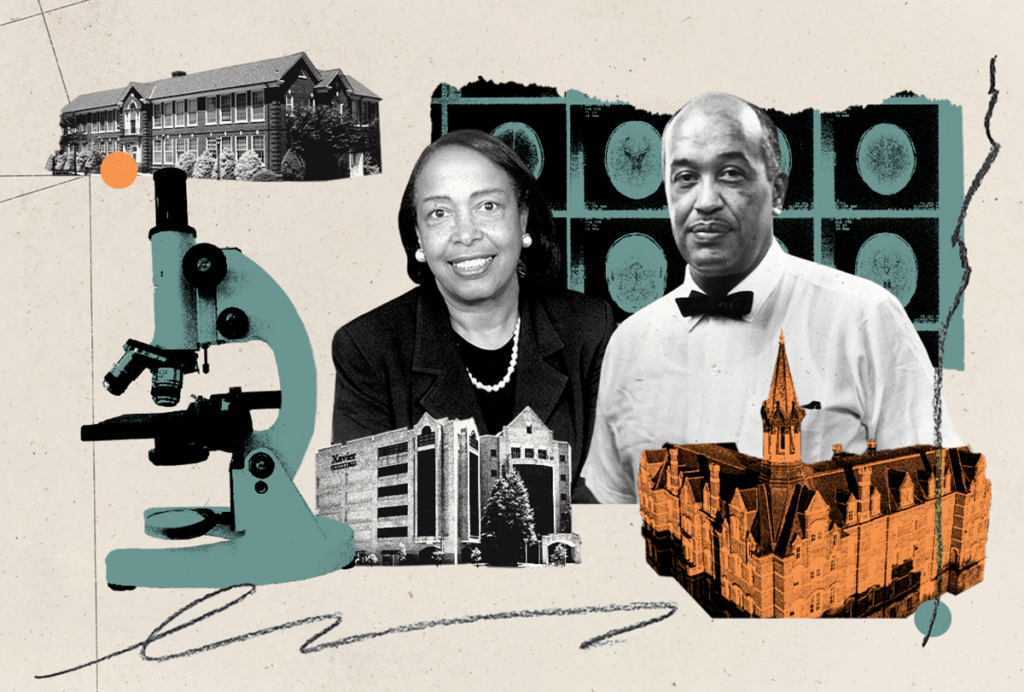How to build a truly global computational neuroscience community
Computational sciences offer an opportunity to increase global access to, and participation in, neuroscience. Neuromatch’s inclusive, scalable model for community building shows how to realize this promise.

It’s 2025 and the internet seamlessly connects people around the globe, creating unprecedented potential for scientific innovation, especially in computational disciplines such as astrophysics, climate science, computational biology and neuroscience. Unlike traditional “wet lab” research, computational science requires minimal physical infrastructure; with a laptop, internet access, compute power and training, anyone anywhere can contribute meaningfully to scientific discovery.
At least, that’s the hope—and there are signs it’s coming true: We already see global research communities forming around data-driven discovery, such as the Human Cell Atlas and the World Climate Research Programme. Despite some successful efforts like the International Brain Laboratory, however, in neuroscience, reality hasn’t quite caught up with this potential. Research outputs and funding remain heavily concentrated in high-income countries. Researchers in low- and middle-income countries face persistent barriers, including limited access to training, resources, infrastructure and networks. To unlock computational sciences’ promise for democratized access and broader participation, the questions we ask, the data we use and the solutions we develop need to reflect and benefit the full diversity of people, contexts and perspectives around the world.
Neuroscience therefore presents a unique opportunity—and a critical need—to cultivate a globally connected community of computational scientists. Truly understanding the brain will require analyzing complex systems; making sense of massive and diverse datasets; and integrating large-scale models, machine learning and artificial intelligence. That endeavor will be best served by actively engaging diverse talent from around the world and drawing on heterogeneous perspectives, educational backgrounds and geopolitical locales.
To realize this vision, we need a strong, inclusive pipeline that equips researchers everywhere with the computational skills and resources required to contribute meaningfully. At Neuromatch, we’ve somewhat stumbled into this mission: What began as an emergency response at the start of the COVID-19 pandemic in 2020 to offer virtual courses quickly evolved into something far more impactful. Our flagship Computational Neuroscience Course revealed itself to be a scalable, inclusive model for enabling global participation in computational research, not only in neuroscience but also in other domains, including neuroAI, deep learning and climate science. Over the past six years, our courses have supported nearly 14,000 interactive trainees from more than 120 countries—54 percent of whom hail from low- and middle-income countries. We estimate that more than 40,000 additional learners have accessed and engaged with our open educational materials.
S
o what makes Neuromatch work? How can other programs learn from our successes (and mistakes)? Our key ingredients are removing barriers and fostering a shared sense of belonging and purpose by nurturing a globally engaged, mission-driven community. All course materials are open source, permissively licensed (CC-BY), and collaboratively built by hundreds of global researchers who contribute modular components to our growing shared curriculum. We also strive for maximal inclusivity and accessibility for interactive participation: Courses are taught virtually across five time zones and in 17 languages, enabling 2,000 students to receive live instruction, mentorship and project-based learning each year. Students are grouped into “pods” of roughly 15, each supported by internationally recruited, trained and compensated teaching assistants matched by an algorithm to maximize collaboration. This structure helps participants learn computational skills, engage in collaborative research, and build peer networks from the start.Our model is not only inclusive—it’s scalable. In-person summer schools typically serve just 10 to 30 participants per year and often exclude those without institutional support, visas or travel funding. Yes, they provide invaluable in-person experiences, but they will never be able to reach the rest of the world at scale. In contrast, Neuromatch supports thousands annually while maintaining a high-quality, human-centered learning experience focused on interactivity, mentorship and collaboration. Of course, scale for the sake of scale is not always desirable, and enrolling so many students would mean nothing if they didn’t stay enrolled (or learn anything). But in contrast to massive open online courses (MOOCs), which typically see a roughly 85 percent attrition rate, Neuromatch’s courses see a roughly 70 percent retention rate.
We credit this success in retention to our efforts at community building, both within our cohorts of enrolled students and teaching assistants and within Neuromatch’s global volunteer community, whose members contribute to everything from curriculum development, marketing, and communication to technical infrastructure, community coordination and support. We push to keep Neuromatch’s borders porous; there is no “inside” and “outside” Neuromatch, at least not in the traditional institutional sense. We strive to foster a sense of community belonging, pride, ownership and mastery within both the course pods and the volunteer base, which have involved live interactive webinars, talent shows and group project presentations to encourage lasting engagement. Of course, we have also tried some things that didn’t work so well, such as Zoom karaoke (that temporal lag is just brutal) and intensive weekend seminars during our courses (people need to sleep sometimes).
In recent years, we’ve extended this model to hands-on research opportunities that continue to foster community through our Impact Scholars Program. This six-month program brings early-career researchers together in collaborative teams to work on original research projects, supported by wraparound mentorship and professional development. Each team works toward a micropublication, gaining hands-on experience in open science and international collaboration. This program doesn’t just develop technical research skills—participants build global professional networks and research collaboration experience across borders. Our long-term vision is to expand this career development pipeline across stages and domains, creating a globally distributed institute for computational science.
Of course, building global capacity in computational science will not, on its own, resolve all the structural disparities that shape the global neuroscience research ecosystem. Many researchers face limited local infrastructure, unstable career prospects and a lack of funding to pursue long-term scientific inquiry. This issue gives rise to a well-documented “brain drain,” in which researchers trained in global programs leave their local institutions to pursue viable careers elsewhere. But by expanding our career development pipeline and other research programming at Neuromatch, we hope that we can help counter this by serving as a nexus for distributed research communities—a place where researchers can remain embedded in their regions while participating fully in global science, catalyzing a more stable and inclusive ecosystem.
As a modern neuroscience community, we must make a conscious, sustained effort to build scientific ecosystems that actively support participation across cultures, educational backgrounds and geographic contexts. This will not only maximize global engagement but also enhance the scientific discovery process and the critical insights that result. We invite the broader scientific community to build on and adapt the lessons learned from Neuromatch’s programs to strengthen global participation across the (neuro)science research ecosystem.
If you’re interested in learning more about Neuromatch or getting involved—whether as a student, teaching assistant, project mentor or collaborator—we would love to hear from you. As we mentioned above, our boundaries are porous: Neuromatch is for everyone and by everyone. Together, let’s shape a more inclusive, globally connected future for both neuroscience and the people involved.
Disclosure: Neuromatch is a partner of The Transmitter.
Recommended reading

Not playing around: Why neuroscience needs toy models

AI-assisted coding: 10 simple rules to maintain scientific rigor

How basic neuroscience has paved the path to new drugs
Explore more from The Transmitter
Bringing neuroscience to rural Mexico: In conversation with Mónica López-Hidalgo

International scientific collaboration is more necessary—yet more challenging—than ever
